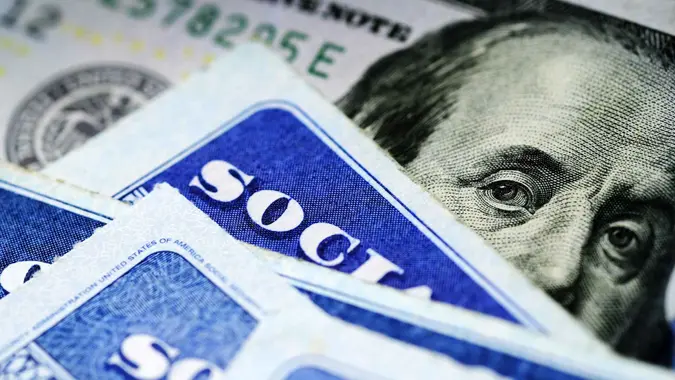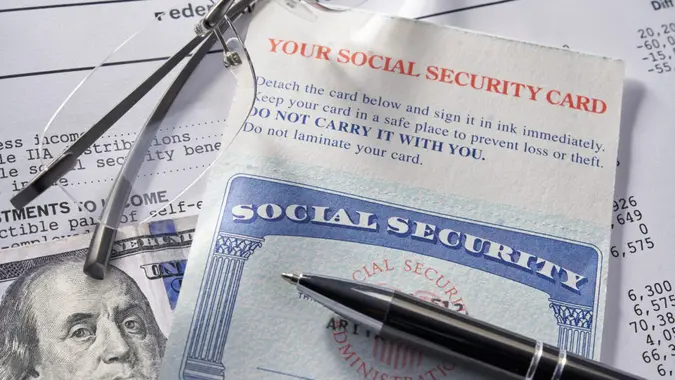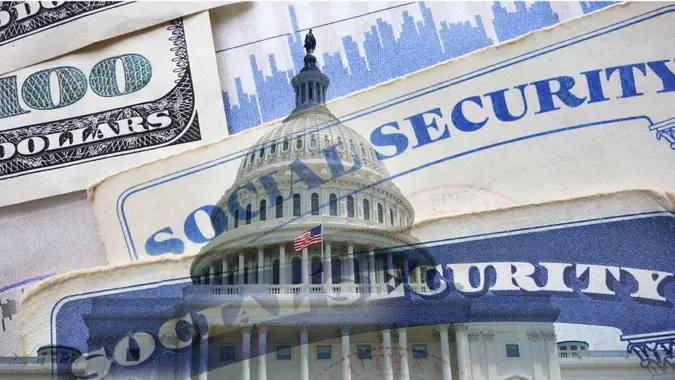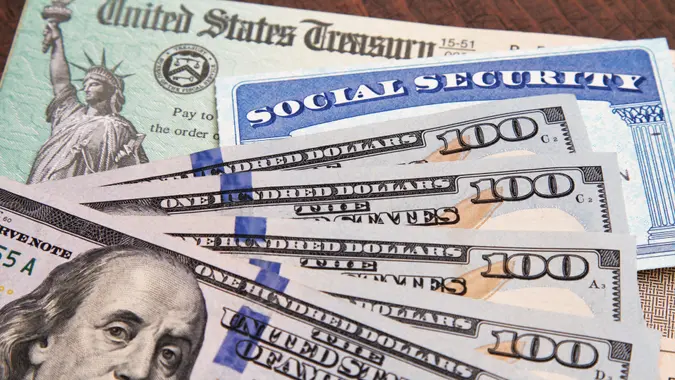5 Biggest Money Mistakes When Retiring in Hawaii

Commitment to Our Readers
GOBankingRates' editorial team is committed to bringing you unbiased reviews and information. We use data-driven methodologies to evaluate financial products and services - our reviews and ratings are not influenced by advertisers. You can read more about our editorial guidelines and our products and services review methodology.

20 Years
Helping You Live Richer

Reviewed
by Experts

Trusted by
Millions of Readers
Hawaii is known the world over for its pristine beaches, Instagram-ready views, warm weather — and high prices. Retiring to the Aloha State means you will pay more for just about everything than you did back home.
Before making the move, put together a budget that accounts for all projected costs, from housing and utilities to groceries and taxes — and be prepared for sticker shock when you start researching these costs in Hawaii.
You also need to avoid the biggest money mistakes others make when retiring in Hawaii. Here’s a look at five of them.
Underestimating How Expensive It Is
No matter how expensive you think Hawaii is, it’s probably even more expensive than that. The biggest money mistake you can make is underestimating the cost of everyday items — mainly because you’ve never experienced them before.
The Aloha State has the highest living costs in the country, and it’s not even close. As previously reported by GOBankingRates, the cost of living index in Hawaii is 181.5 and the average yearly expenditures are $132,435. In contrast, No. 2 Massachusetts has an index of 143.1 and annual expenditures of $104,416.
Not Researching Housing Prices
Your biggest expense in Hawaii will be housing, and if you don’t do your homework beforehand, you could end up dumping too much of your nest egg into a home you can’t afford. As The Motley Fool reported, research from Zillow found that home prices in Hawaii are well more than double the national average.
The typical home price in the U.S. was $351,853 as of August 2023, according to Zillow. Here are the states with the highest prices:
- Hawaii: $856,327
- California: $782,695
- Massachusetts: $609,415
Ignoring Travel Costs
Keep in mind that Hawaii is comprised of a series of islands located about 2,400 miles from the U.S. mainland, or roughly the same distance as Atlanta to San Francisco. Unless your family lives in Hawaii, visiting them will be very expensive no matter where they live.
Thinking You Can Eat Like You Did Back Home
If you think food prices are high where you live now, you can expect to pay nearly one-quarter more for food in Hawaii. The average grocery cost in Hawaii is about $334 a week, according to Census Bureau data cited by WSFA. That’s roughly 24% higher than the national average of $270 a week.
Not Planning for Taxes
As of 2023, the states with the highest income tax rates were California at 13.3%, Hawaii at 11% and New York at 10.9%, according to Intuit TurboTax. That means you will pay a hefty tax premium for retirement plan withdrawals.
“Make sure you know the tax implications of retiring in a more expensive state such as Hawaii,” Doug Carey, CFA at WealthTrace, told GBR earlier this year. “While Hawaii doesn’t tax Social Security benefits, other sources of retirement income are subject to taxation. Understanding the state’s tax laws can help you plan your retirement finances more effectively.”
More From GOBankingRates
- Nearly 1 in 3 Americans Hit by a Costly Holiday Scam, Norton Survey Shows -- How To Avoid This
- Here's What Retirees Wasted the Most Money On in 2025 -- and How To Avoid It in 2026
- How Middle-Class Earners Are Quietly Becoming Millionaires -- and How You Can, Too
- 6 Safe Accounts Proven to Grow Your Money Up to 13x Faster
 Written by
Written by  Edited by
Edited by 

























